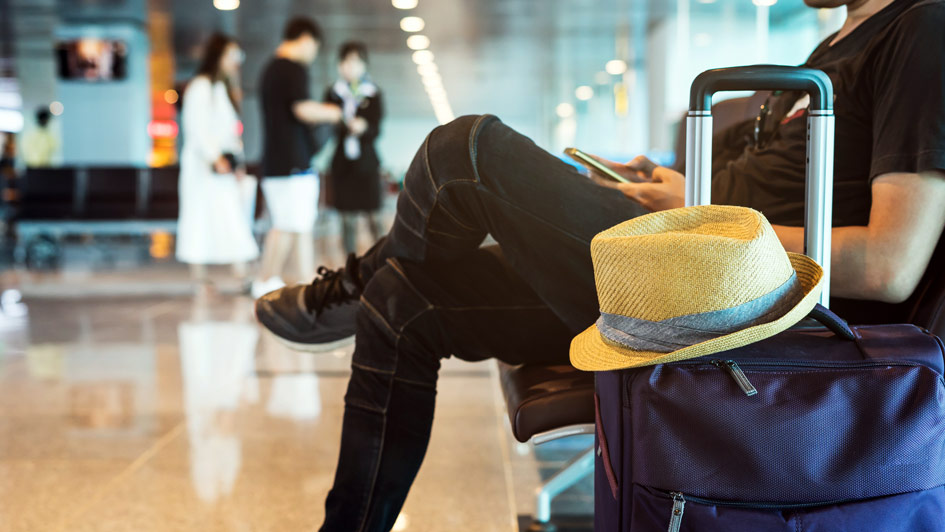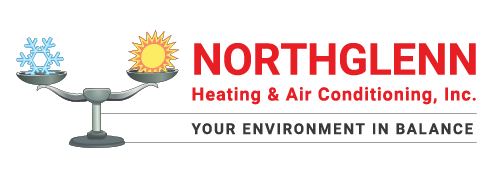
From a much-needed vacation or a lengthy trip for work, traveling means making preparations for your HVAC system. You don't need it if you’re away, so you can adjust it as needed to conserve your energy use. At the same time, you shouldn't just shut it down for the entire time you're gone.
Instead, it’s better to leave your HVAC system running and adjust the temperature depending on the time of year. That way you can lower energy costs without stressing about coming back to an uncomfortable home. We’ll explain why you should avoid turning your HVAC system off as well as the ideal thermostat settings for various times of year.
This Is Why You Shouldn’t Leave Your Thermostat Alone
While you might be wanting to turn your HVAC system off before a trip, this could end up causing big problems by the time you come back. This is particularly true in case the weather will be severely hot or cold while you’re away from home.
For example, shutting the HVAC system off in the summer will sometimes lead to very high humidity. Not only will your home feel like a swamp when you have returned, but it may have also stimulated mold/mildew growth or pest infestations.
And during the winter, not using the furnace might lead to pipes icing over or even bursting. It’s an awful feeling to get home from a long trip only to find substantial water damage nearby a broken pipe.
Best Thermostat Settings While at Work
You can adjust the temperature even as you come and go to work. Because you’re away for around 8 hours or so, it doesn’t seem sensible to keep an empty home at the same temperature you’d usually have. In general, it’s recommended to turn up the thermostat by 5 degrees or so. That means that if you prefer a comfortable 72 degrees, consider raising it to 76-77 while you’re out.
But you may save even more if you try further adjustments to the temperature. According to the Department of Energy, you might save about 10% on your HVAC expenses by raising the temperature by about 7-10 degrees.
Energy-Efficient Thermostat Settings While on Vacation in Summer
If you’re leaving for an extended trip in the hottest part of summer, you can make more significant adjustments. This prevents wasting energy while still defending your home from the issues that come with leaving it without air conditioning. About 5 degrees is recommended for shorter trips while around 10 degrees is best if you’ll be away from home for 2 weeks or more. If you enjoy keeping the house at 72 in the summer, 78-82 will offer great results.
Ideal Thermostat Settings While On a Trip in Winter
To figure out the most energy-efficient thermostat setting for a winter getaway, just lower the temperature by the same amount you would raise it in summer. 68 is a common winter thermostat setting, so adjusting to 63-58 will protect your plumbing while minimizing how frequently your furnace runs.
Smart Thermostats Are Even Better: Benefits of a Smart Thermostat
One of the best ways to manage your home’s HVAC system while away is with a smart thermostat. This advanced type of programmable thermostat utilizes intelligent software to monitor your typical comfort habits. It learns these preferences and makes automatic changes to the schedule for better energy efficiency. And with Wi-Fi integration, you can remotely control your HVAC system using a smartphone or tablet.
Smart thermostats are packed with features to help you save energy and lower costs. To provide an example, some models can monitor electricity prices to boost heating or cooling when prices are lower. They are compatible with high-efficiency, variable-speed equipment to optimize how long your HVAC system should run. It’s the ideal tool to streamline how you use your comfort system. If you’re planning on investing in a smart thermostat, there are a variety of ways you can bring down your costs, essentially getting a smart thermostat for free. The next time you leave for vacation, you can enjoy true peace of mind that your HVAC system won’t stir up any trouble while you’re away.
